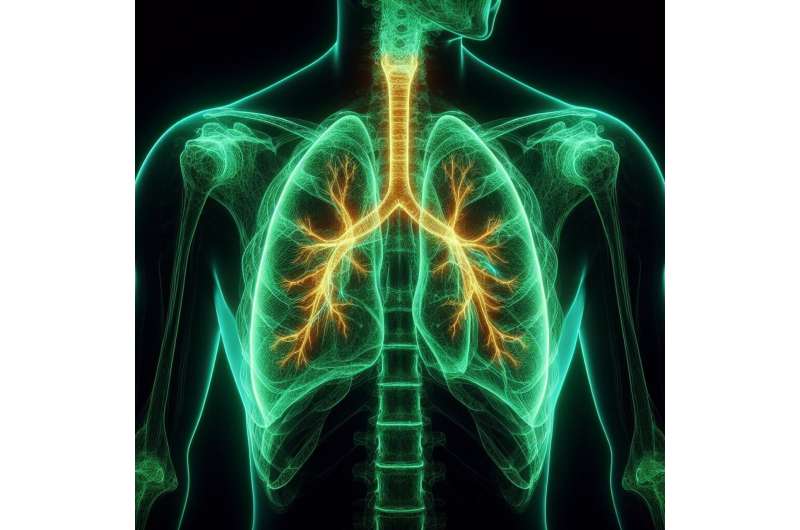Deciding on a Tracheostomy for Your Sick Baby: Navigating the Emotional and Practical Challenges

Choosing a tracheostomy for a sick infant is a life-saving but emotionally taxing decision. This article explores the emotional, practical, and support strategies for families facing this challenging choice.
Deciding to proceed with a tracheostomy for a seriously ill infant can be an incredibly emotional and challenging experience for families. The decision often arises when a child experiences life-threatening breathing difficulties, such as a compromised airway or respiratory failure. In some cases, infants like Sawyer, who was born prematurely with a floppy airway and faced multiple hospitalizations, require a tracheostomy—a surgical procedure creating an opening in the windpipe to facilitate breathing.
For many parents, the choice is fraught with fear, hope, and a complex mix of practical considerations. While the procedure can be life-saving, it introduces a host of ongoing responsibilities that significantly impact family life. Managing a child's tracheostomy involves meticulous daily care, including cleaning equipment, suctioning the cannula, responding swiftly to emergencies, and coordinating frequent medical visits. It also influences family routines and social activities, as parents must weigh the infection risks and logistical challenges of maintaining the device at home.
Research from the University of Alberta highlights that families often describe this decision as a 'watershed moment,' extending beyond the initial medical decision to encompass broader emotional, financial, and social issues. Their study analyzed multiple perspectives and identified key themes such as sustaining hope, handling financial burdens, adjusting family relationships, and creating a new normal at home.
Support from other families who have navigated similar paths proves invaluable. Peer mentorship and community networks help parents feel less alone and more equipped to handle the complex realities of caring for a child with a tracheostomy. The development of digital resources and regional support systems aims to bridge information gaps and provide ongoing assistance, especially for families in rural areas.
The journey post-tracheostomy is often described as both life-saving and life-changing. It offers children a chance to breathe easier and develop, but it requires a profound commitment from families. Recognizing the psychological, practical, and ethical dimensions involved in this decision encourages healthcare professionals to adopt a family-centered approach—placing families' needs and voices at the forefront.
Ultimately, the goal is to support families through every step of this journey. This includes providing comprehensive information, emotional support, and accessible resources to help them manage their child's medical needs and strive for a fulfilling life despite the challenges.
Source: https://medicalxpress.com/news/2025-09-tracheostomy-sick-baby-traumatic-hardest.html
Stay Updated with Mia's Feed
Get the latest health & wellness insights delivered straight to your inbox.
Related Articles
The Role of PD-1 in Skin Immunity and Implications for Cancer Treatments
New findings reveal PD-1's vital role in skin immune memory formation, impacting cancer immunotherapy approaches and side effect management.
Research Reveals Lung Capacity Declines Starting Between Ages 20 and 25
New research shows that lung capacity begins to decline between ages 20 and 25, emphasizing the importance of early respiratory health monitoring and interventions.
Rise in Young Japanese Patients with Anorexia Nervosa Post-COVID-19
The COVID-19 pandemic has led to a notable increase in anorexia nervosa cases among young people in Japan, reversing previous declining trends. This rise highlights the need for targeted mental health interventions during societal crises.
Innovative Therapy Achieves 82% Success Rate in Bladder Cancer Treatment
A novel drug delivery system, TAR-200, has achieved an 82% tumor elimination rate in patients with resistant high-risk bladder cancer, offering a promising non-invasive treatment option.



